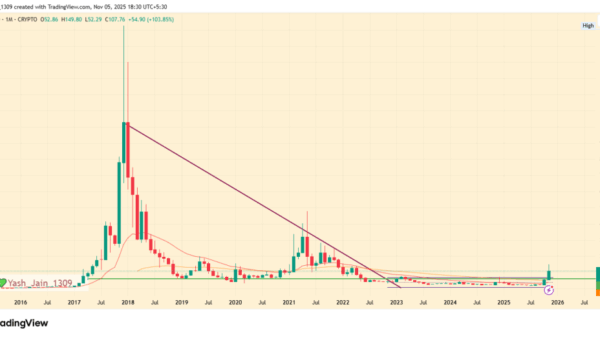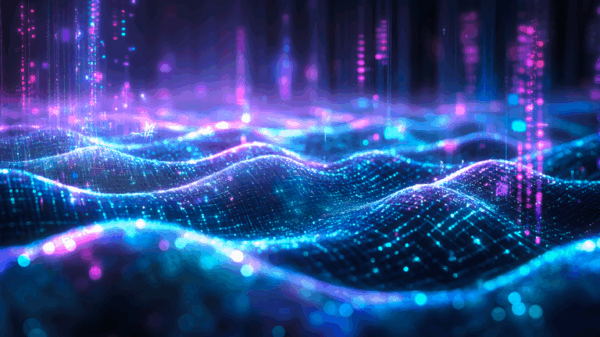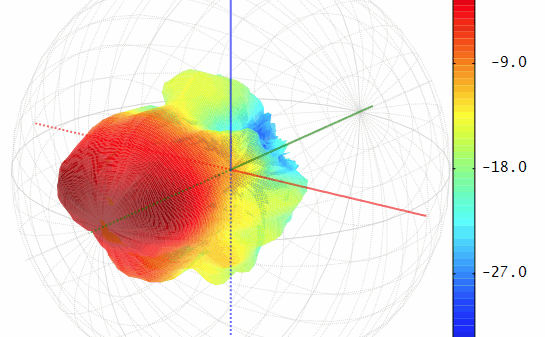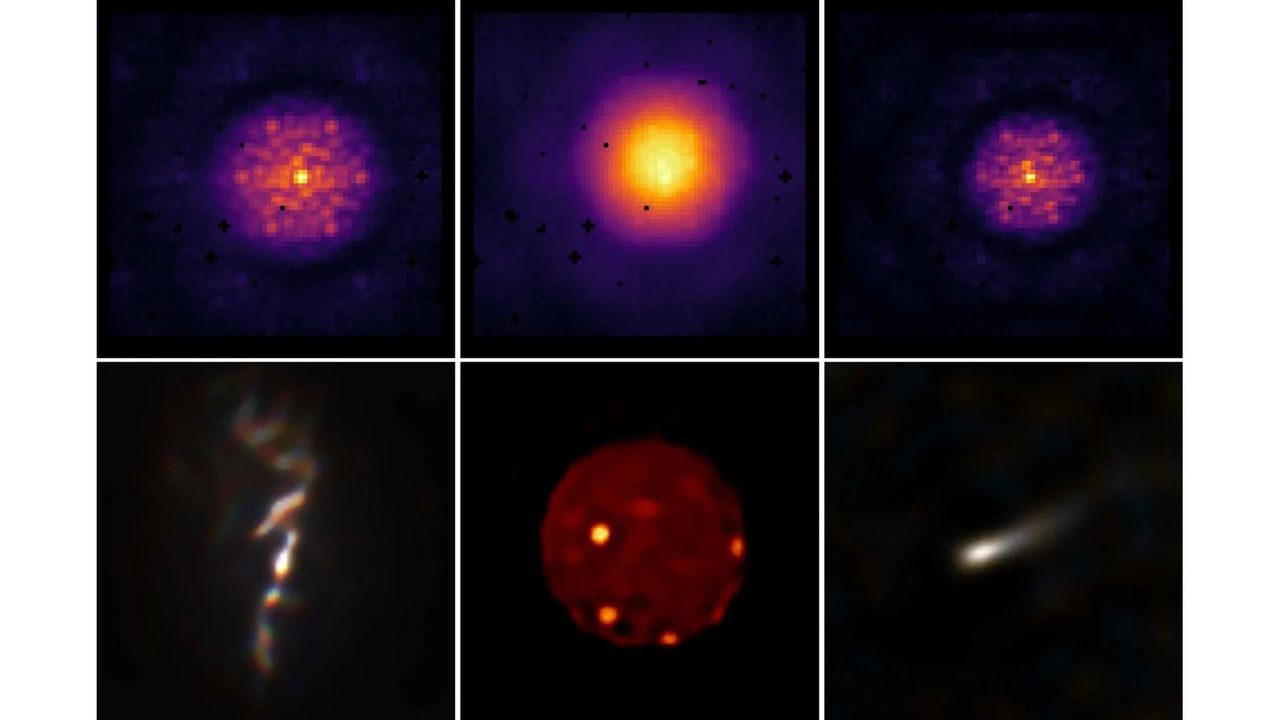The James Webb Space Telescope (JWST) has regained its clarity thanks to an innovative AI algorithm developed by a team of researchers from the University of Sydney. The Aperture Masking Interferometer (API), an auxiliary instrument designed to enhance the telescope’s imaging capabilities, was initially plagued by blurry images. This breakthrough offers significant hope for astronomers aiming to detect exoplanets in our Milky Way galaxy.
The API, crafted under the guidance of Professor Peter Tuthill, plays a crucial role in the JWST’s capabilities. Although it is not one of the telescope’s primary instruments, it enhances the Near-InfraRed Imager and Slitless Spectrograph (NIRISS) by allowing for the combination of light from different segments of the telescope’s mirror. This process is intended to increase both sensitivity and resolution, particularly for observing small and faint exoplanets around distant stars.
Upon activation, however, astronomers observed that the images produced by the API were significantly blurred. This issue echoed a similar flaw found in the optics of the Hubble Space Telescope, which had to undergo a costly repair mission in 1993. Hubble’s problems were traced back to imperfections in its primary mirror, requiring astronauts to install corrective optics during a spacewalk. In contrast, the JWST orbits at a distance of approximately 930,000 miles (1.5 million km) from Earth, making any human intervention impossible.
The root cause of the blurriness in the JWST’s API images was identified as electronic distortions affecting the infrared camera detector. To address this, former Ph.D. students Max Charles and Louis Desdoigts developed a neural network algorithm named AMIGO, which stands for Aperture Masking Interferometry Generative Observations. This innovative AI solution detects and corrects the distorted pixels caused by electrical charges, effectively restoring image clarity.
AMIGO has demonstrated impressive capabilities, successfully sharpening images of a distant exoplanet and a low-mass star approximately 133 light-years from Earth. Additionally, the enhanced API has produced detailed images of a black hole jet, the volcanic surface of Jupiter’s moon Io, and stellar winds from a variable star. “Instead of sending astronauts to bolt on new parts, they managed to fix things with code,” stated Tuthill, highlighting the significance of this software solution.
Desdoigts, now a postdoctoral researcher at Leiden University in the Netherlands, expressed his excitement about the achievement. “This work brings JWST’s vision into even sharper focus. It’s incredibly rewarding to see a software solution extend the telescope’s scientific reach,” he remarked.
Since becoming operational in July 2022, the James Webb Space Telescope has transformed the landscape of astronomy, providing unprecedented insights into the formation of early galaxies and black holes. It has also advanced the study of exoplanets, allowing researchers to make groundbreaking measurements of their atmospheric compositions. With the API functioning optimally, the JWST is poised for even more extraordinary discoveries in the cosmos.






































































